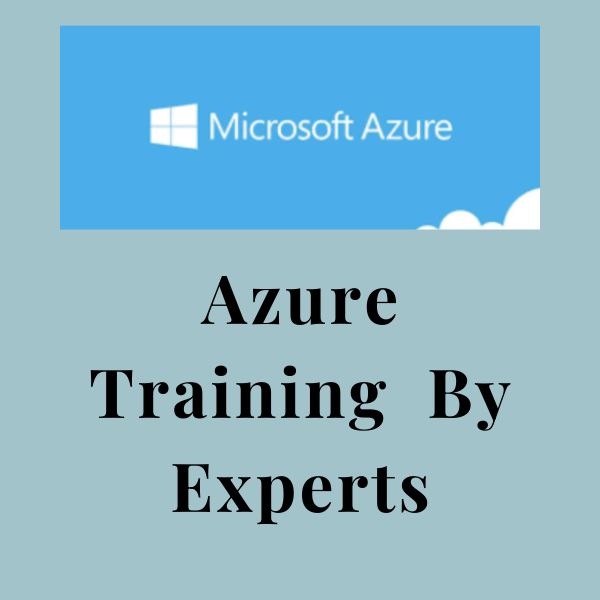Master Microsoft Azure with Expert Online Training
Take your career to new heights with our Microsoft Azure Online Training, designed to prepare you for success in cloud computing.We provide interactive live classes led by seasoned experts, ensuring a tailored learning experience that guarantees high success rates.
Why Choose Our Azure Training Program?
- Expert Guidance: Learn from certified Azure professionals with years of industry experience.
- Interactive Live Classes: Engage in real-time discussions and hands-on activities from the comfort of your home.
- Individual Attention: Personalized training designed to meet your unique learning pace and career goals.
- Comprehensive Curriculum: Cover every aspect of Microsoft Azure, from foundational knowledge to advanced services.
- High Success Rates: Our proven methods and expert mentorship have helped countless learners achieve Azure certification.
Types of Microsoft Azure Courses
1. Azure Fundamentals (AZ-900)
Ideal for beginners, this course introduces the basics of cloud computing and Azure services.
- Key Topics:
- Cloud concepts (IaaS, PaaS, SaaS)
- Core Azure services (compute, networking, storage)
- Security, privacy, and compliance
- Azure cost management and governance
- Best For: Beginners, IT newcomers, and professionals transitioning to cloud technologies.
2. Azure Administrator Associate (AZ-104)
Designed for IT professionals, this course teaches you to manage and monitor Azure environments.
- Key Topics:
- Managing Azure identities and governance
- Implementing storage and virtual machines
- Configuring Azure networking
- Monitoring resources and optimizing performance
- Best For: System administrators, IT support, and operations professionals.
3. Azure Developer Associate (AZ-204)
Perfect for developers building cloud-based applications and services.
- Key Topics:
- Developing Azure compute solutions
- Implementing Azure security
- Integrating caching and messaging services
- Troubleshooting and optimizing solutions
- Best For: Developers and software engineers.
4. Azure Data Engineer Associate (DP-203)
Learn to design and implement data solutions on Azure.
- Key Topics:
- Designing and implementing data storage
- Developing data processing pipelines
- Ensuring data security and monitoring
- Best For: Data engineers and analytics professionals.
5. Azure AI Engineer Associate (AI-102)
Master the skills to build AI solutions using Azure.
- Key Topics:
- Planning and managing AI workflows
- Implementing computer vision and natural language processing
- Building conversational AI bots
- Best For: AI enthusiasts, machine learning engineers, and data scientists.
6. Azure Solutions Architect Expert (AZ-305)
Gain expertise in designing advanced Azure solutions.
- Key Topics:
- Designing infrastructure and integration solutions
- Architecting scalable, reliable applications
- Ensuring security and cost efficiency
- Best For: Solution architects and senior IT professionals.
